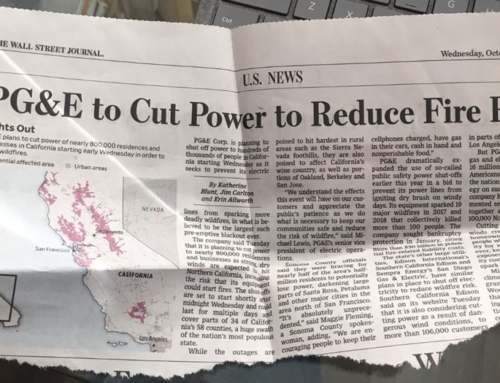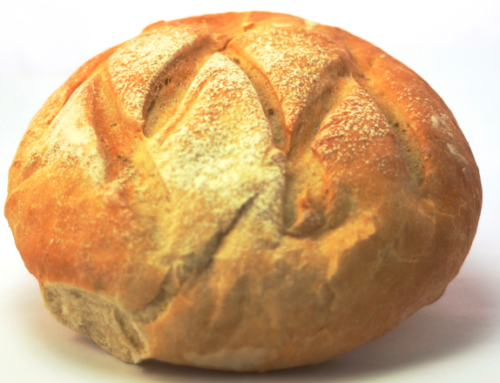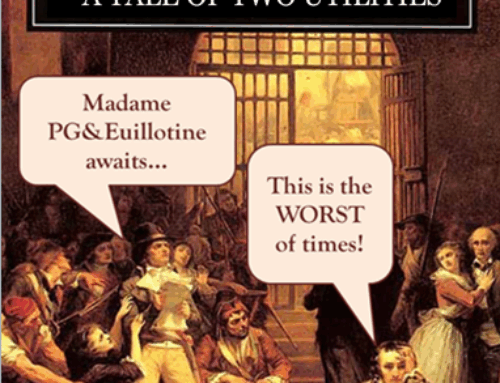The Original Silicon Valley- Part 1
San Francisco’s South Bay- Many of the world’s phattest (we’re including East Bay here) tech corporations & most intriguing startups are here. A third of all venture capital investors in the US come here to prospect, if Wikipedia is to be trusted on such stats. First the Gold Rush, now the Cash Rush…Or should we say the Sand Rush? Let’s come back to that.
The term ‘Silicon Valley’ as a designation for what goes on in South Bay evidently first appeared in 1971 in an electronics trade newspaper. That means that 40 years from now, something we blah-blah-blog about might end up relevant…or at least catchy. It also means that some stuff called ‘silicon’ must figure prominently in the technological revolution that in many ways defines this generation.
The next paragraph is not a deliberate attempt to make Dmitri Mendeleev turn over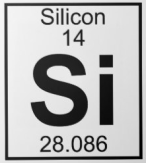 in his
in his
grave, but it probably will. It’s hyper-ironic that Silicon (Si-atomic #14) is basically sand and dust and other particulates that make it the second-most abundant element in, on, and around earth. Therefore, it is an oversimplification, though not fundamentally wrong, to say that sand is a primary ingredient in semi- and superconductors, the main ingredient of modern electronic marvels such as radio, computers, telephones, solar panels, etc.
It seems impossible. Then again, I have it on good authority that human beings are also made from dust, and we’re a bit more complex than even a smartphone. On an element-ary level, then, ours truly is a carbon footprint, whether we set anything on fire or not.
These quantum leaps in quantum physics are highly concentrated in the Bay area, lending to our smug self-appraisal that we’re cutting-edge, forward-thinking, cool people. The truth is, we are SO last millennium.
The Other Bay Area
Alexandria, Egypt was the original Silicon Valley and the first South Bay for two main reasons- lots of sand, and lots of smart people from different places. It even had a great climate- sound familiar? Through the ages, European, Asian, Indian, Arab, and African cultures congregated and occasionally collided around the basin of the Mediterranean Sea, a situation that breeds innovation.
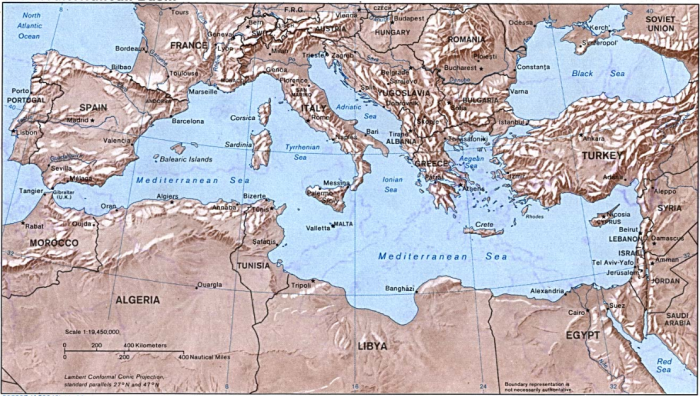
Think of the pyramids- We still don’t know how they got those jumbo blocks out to the middle of the sandy desert and then stacked them, and to this day they still surprise and delight calculus PhD types with the nature of their measurements. I beg to submit exhibits B & C as well, your honor- The lighthouse at Pharos and the Library at Alexandria. I noticed that math talking guys use letters in their equations along with numbers. Well check THIS out: Sand + smart people = cool stuff. That formula is almost ALL letters…Now people will be all calling me to do their taxes and junk.
Heart of Glass
Another unlikely sand product is glass. Archaeologists credit different folks around the original South Bay with inventing glass, including the Phoenicians, Egyptians, and let’s say, Canaanites (a nice broad term so I can quit listing peoples). The famous Assyrian monarch Ashurbanipal had a glass-making manual among his 22,000-book library at Nineveh, although these days it’s hard to tell the difference between potsherds & shrapnel when one digs in that area.
Ancient glass was novel and pretty, and thus used mostly for decorative items. As far back as 3,500 years ago, the patriarch Job of Biblical fame appraised glass alongside gold in value and/or luster. –28:17.
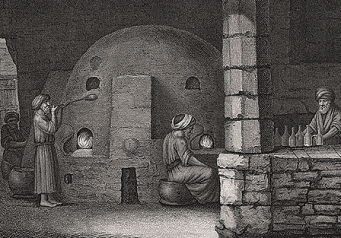 The seafaring Phoenicians (who later moved to Seattle and became the Mariners- their mercantile ties to the Far East aided in the acquisition of Ichiro) made an accidental breakthrough in glass technology as legend has it, when some sailors used lumps of niturm from their ship instead of wood to start a campfire on the beach. This was the earliest edition of kindle fire that we know of.
The seafaring Phoenicians (who later moved to Seattle and became the Mariners- their mercantile ties to the Far East aided in the acquisition of Ichiro) made an accidental breakthrough in glass technology as legend has it, when some sailors used lumps of niturm from their ship instead of wood to start a campfire on the beach. This was the earliest edition of kindle fire that we know of.
The Phoenicians traded nitrum literally by the boatload. It is the naturally occurring solid state of nitrogen, and can be used for soap, lye, and many other useful ancient household products. This particular boat was owned by two brothers named Johnson.
During the cooking of the picnic lunch, the nitrum and beach sand melted together, forming ‘a new translucent liquid,’ according to one historian: Glass; and very refined for its time. It could be ground, shaped, molded, and formed. “Take it to the boat,” said the sailors to each other. “We’ll sell it on three continents until someone discovers the new world and invents GPS.” They referred to this awesome auction as Si Bay, and, well, you know what THAT led to.
Glassmakers and masons are first cousins, then, by virtue of raw mat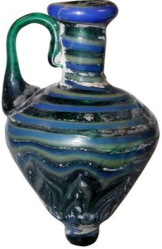 erials and tools of the trade. In olde tyme days, stoneworkers were the expert glass guys, an early example of the merging of blue and white collar jobs, Trades and Tech, by nature, thus becomes a grey area.
erials and tools of the trade. In olde tyme days, stoneworkers were the expert glass guys, an early example of the merging of blue and white collar jobs, Trades and Tech, by nature, thus becomes a grey area.
The iHole
Eventually, it seems the Romans got onto the notion of making flat panels out of melted sand and using them in houses to look through, though the optical properties were poor. The word ‘silicon’ was their Latin term for ‘hard, brittle, flinty.’ It was apparently some Vikings who welded the words ‘vindr’ (wind) and ‘auga’ (eye) into our phrase ‘window,’ literally ‘wind-eye.’ In Middle English, it became ‘eyehole,’ but I’m going to quit with the etymology there for all our sakes.
Thus far, we’ve reached the age of glass windowpanes 2,000 years before Google. Windows weren’t and still aren’t inexpensive, but no one argues that buildings are better without them. Transparent rigid sheets made from melted sand was and still is brilliant.
Now there’s an even more brilliant application of rigid sheets of melted sand that go on rather than in your home. These are comparatively inexpensive, and a strong case is being made that homes are better with them. -Lee Stilwater
![]()



